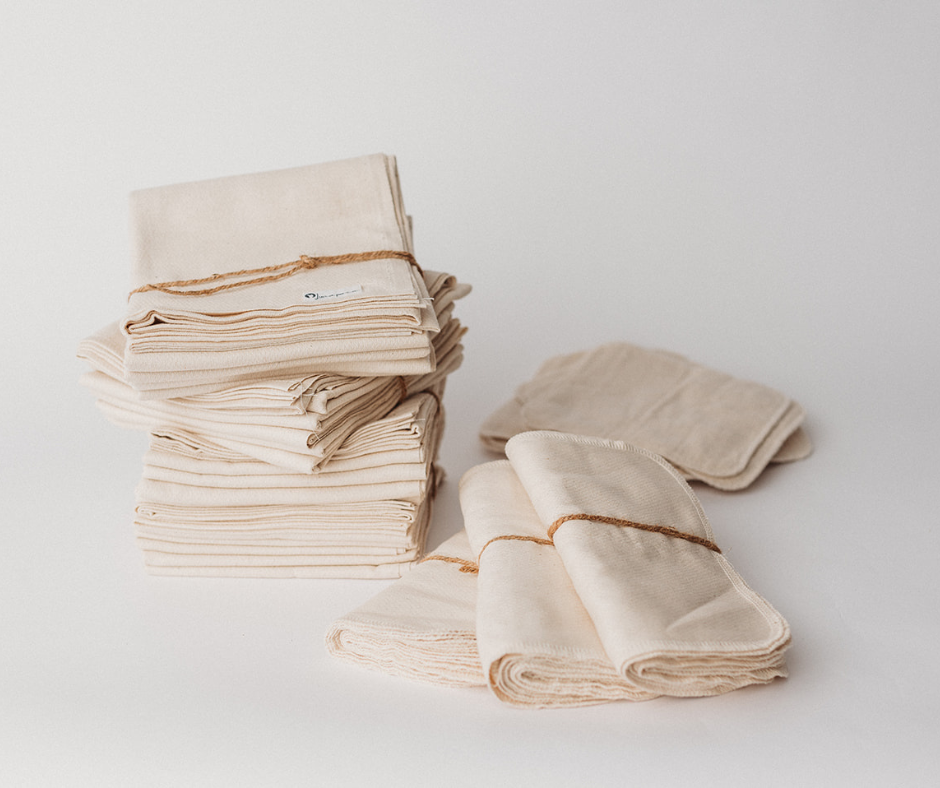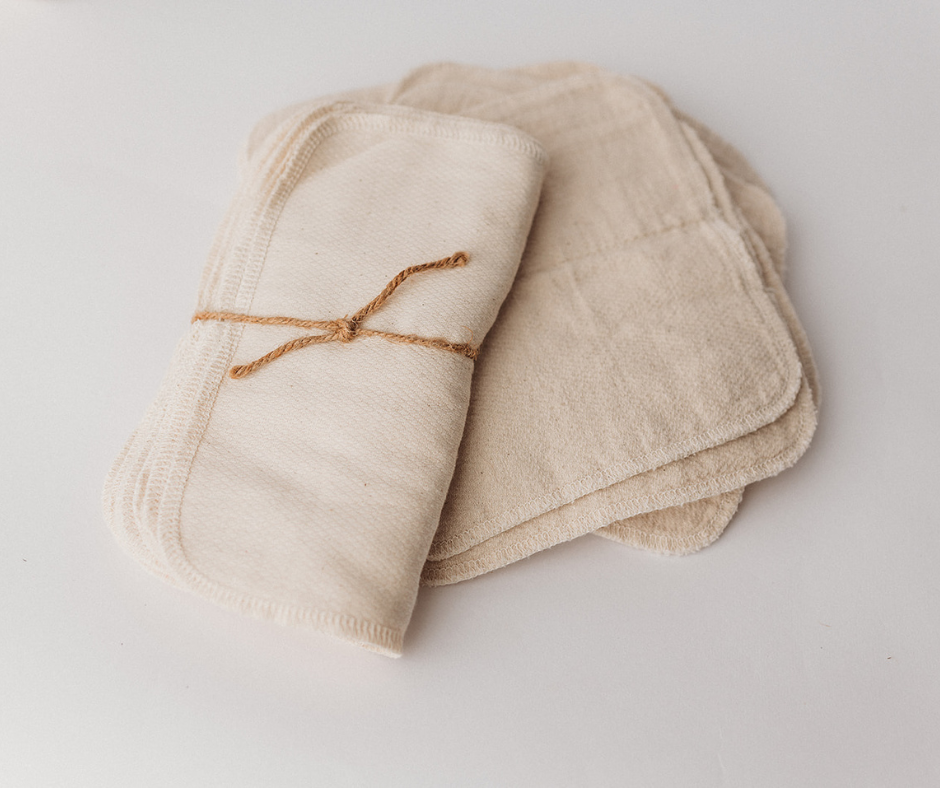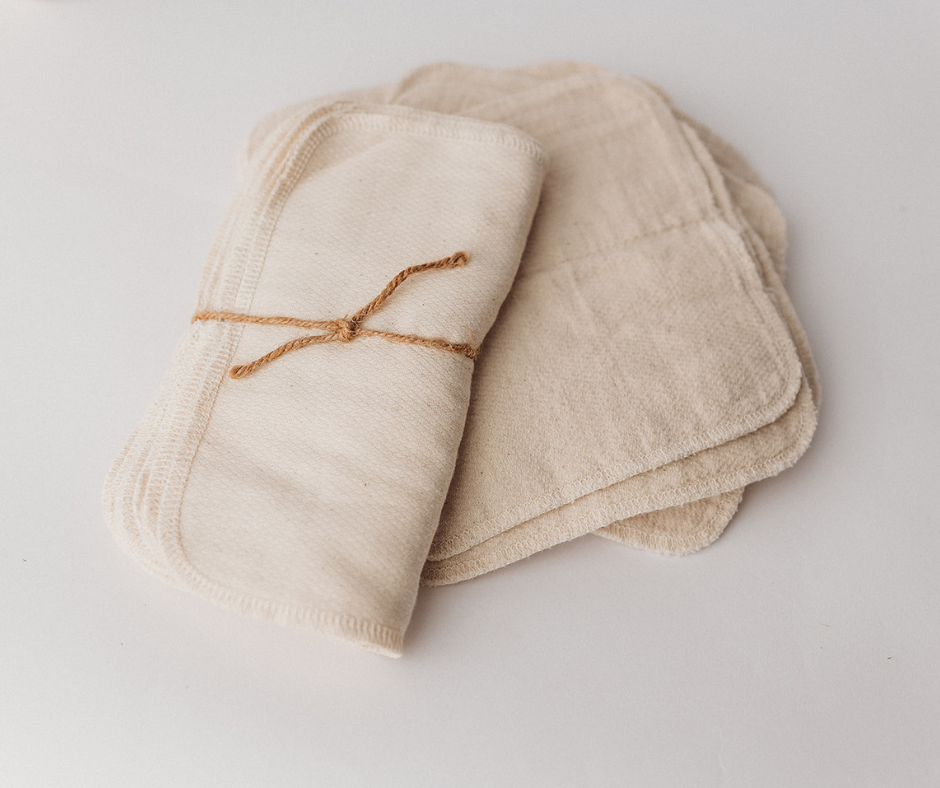Cloth diapering can be simple, easy and intuitive. For many families it is. But sometimes, something happens and you begin to doubt yourself, your choice to cloth diaper, and if you can continue with cloth diapering. These struggles we’re going to troubleshoot today.
Looking to get started on cloth diapering? Check out the ultimate guide to cloth diapering for Canadian parents. Continue to learn about cloth diapers on our cloth diaper blog - an extension of my knowledge from my book on cloth diapering. Yes, we do sell cloth diapers! If you’re local to Prince George, stop in to learn or shop online.
As a former cloth diaper parent and blogger, I’ve had my own challenges but I’ve also had the unique opportunity to learn from other cloth diaper parents, retailers and brand owners about solutions and challenges that can arise for other families. It’s important to recognize that there are many ways to cloth diapers, and the solutions that may work for you might not work for someone else because of the incredible number of variables that happen in the washing machine.
Introducing Our Troubleshooting Guidebook: Finding Your Perfect Solution
To help you navigate through common cloth diaper struggles, we've created a comprehensive Troubleshooting Guidebook, available as a free download. This guidebook dives deep into various issues, providing background information and valuable insights to assist you in making informed choices. With this resource in hand, you'll be better equipped to find your perfect solution and embrace cloth diapering with confidence.
It’s important to us to share with you relevant background knowledge so that you can troubleshoot on your own, and navigate the answer that will be truly best for you. Sometimes the answer is not an easy fix, and sometimes the answer sucks.
Conquering Leaky Diapers
Are you facing issues with cloth diaper leaks? Don't worry; you're not alone! Leaky cloth diapers are often related to user error and can happen to anyone. It even happens to disposable diaper parents, and is the main reason disposable diaper parents may consider trying a different brand of diapers.
One of the easiest solutions to leaks is ensuring that you have adequate absorbency, correct fit, and you’re changing diapers regularly. You don’t want any leg gaps, you want to change diapers every 2 hours, maybe sooner, maybe later. And absorbency should be placed where your child pees - so ensure you’ve got it pulled to the front for boys, and in the middle to the back for girls. Fold inserts and add them to the pee area to maximise absorbency.

Leaks are seldom related to wash routine concerns. It’s more likely that your child is experiencing a growth spurt, or has changed their eating and drinking behaviour. These changes often happen around 6-9 months and can cause panic for some parents. You may just need to change more frequently, or add a second/third insert to make up for the change.
Our Troubleshooting Guidebook will guide you through assessing the situation to determine if it's related to a lack of absorbency or a poor fit. Remember, cloth diapers have varying absorbency levels based on size, textile, and more. With the right information and solutions, you can bid farewell to leaks and enjoy leak-free cloth diapering.
Defeating Diaper Stink
We understand that stinky cloth diapers can be frustrating, but fear not! One of the simplest strategies is washing them better. Sounds easy, and it is. Here’s a few solutions to common problems we see at the shop.
- Using a plant based detergent with microfleece and microfiber diapers. Switch to a synthetic detergent with warm/hot water for a better, more consistent wash experience with those diapers.
- Better agitation is needed - this can be tackled by rinsing more thoroughly before tossing in the wash, considering agitation balls, or running a longer wash cycle to ensure that the diapers are getting enough movement to get the dirt out of the material.
- Needing a good reset, and then diving back into the routine. No need for complicated strips, just a strong scoop of Tide and call it a day. This is a nice strong synthetic detergent that can really solve most things just as effectively as complicated recipes and tools. It’s easier to source too. I borrowed a cup from a friend and found a small sample, I like to suggest Tide because of its ease of access. You can try doing a heavy max scoop, and hot water, and wash until all the soap is out.

Our Troubleshooting Guidebook delves into the causes of diaper stench and provides effective solutions. We'll help you fine-tune your wash routine, increase agitation, and boost cleaning power to eliminate unwanted odours.
Disappearing Diaper Rashes
Rashes should not be a normal or regular part of your diapering experience, and the perpetual rash is a cause for concern because something is happening that is making the skin not happy, and not happy skin can break down and get infected, all that jazz. Provided that you’re not having any other issues like cloth diaper stink, or rashes from detergent use, my common suggestions are:
- Cleanse & Dry the skin thoroughly with each diaper change. When urine and feces intersect it changes the skin's pH that encourages a rash. This is why a clean diaper is important, and clean skin. Cleanse the skin with a wipe solution, soapy water, liniment, or other care cream to ensure it’s clean with each change. Also ensure the skin is dry - pat it dry, use a soft powder, or allow for air time.
- Ensuring you don’t have any lingering detergent or dirt in your diapers is also valuable in this concern, an extra rinse or check of the diaper for any cloudy residue can indicate a reaction to build up in the fibres. An extra rinse cycle, or re-evaluation of the wash routine can help with this.
- Sometimes the skin does not like synthetic fibres - and switching to a natural fibre touching the skin, or providing more air time can help reduce that diaper rash occurrence.

It may also be worthwhile identifying the type of rash with your care provider, as this can help you identify which step in your wash routine and diaper change is the culprit for the rash, or if it’s completely unrelated and a health concern.
Join the Nest & Sprout Community
At Nest & Sprout, we're more than just a store – we're a community of supportive parents who share a passion for cloth diapering. You can find our community on Facebook. Download our Troubleshooting Guidebook today and unlock the knowledge to conquer cloth diaper struggles confidently.
Embrace the joy of cloth diapering with Nest & Sprout. Remember, your journey might not be perfect, but it's uniquely yours. Our Troubleshooting Guidebook is here to empower you with knowledge, allowing you to make informed decisions and find your perfect cloth diapering solution. It’s a bit of a find your own adventure style guidebook that helps you changes pages as you identify different problem areas. Happy cloth diapering!







